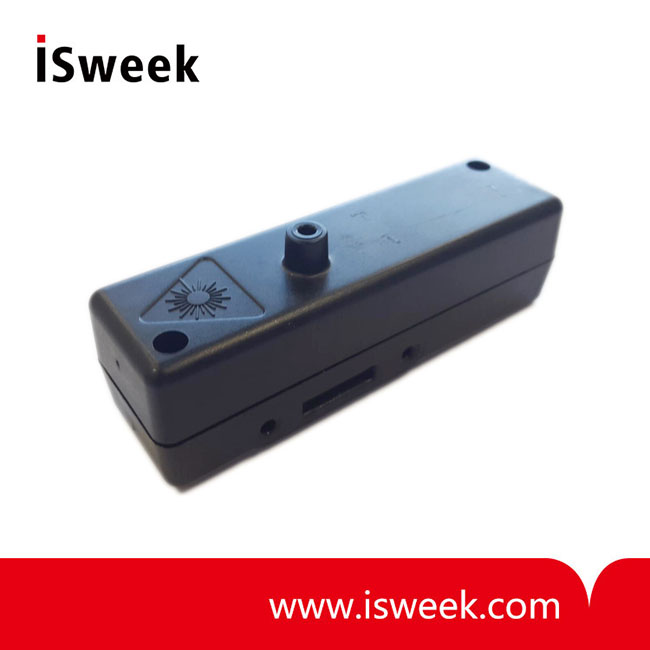Beer has been a popular drink among all. Especially in summer, a beer with BBQ can be the best refreshment. For now there are many breweries producing various kinds of bear, but also producing problems of waste water treatment. The waste water which contains large amounts of organic pollutants, are mainly from malt workshops, brewing workshops and packaging workshops. Some breweries use activated sludge aerobics to deal with the sewage, but this method takes up large floor area and generates H2S and marsh gas,which may also do harm to the environment.

In recent years, almost all the breweries have adopted an anaerobic + aerobic sewage treatment process, in which anaerobic processing generates a large amount of marsh gas. Methane, as the main component of marsh gas, is a kind of greenhouse gas that is explicitly prohibited from being emitted. Therefore, the treatment of methane concerns not only to economic profits but also environmental protection issues.
Methane is the main component of marsh gas. Typically marsh gas contains 60-70% of methane, 30-35% CO2, and small volume of H2-N2-H2S-CO-vapor and hydrocarbon.
Being almost non-toxic though, excessive concentration of methane will effectively reduce oxygen content in the air, and lead to asphyxia. When it reaches 25-30%, people will feel headache, dizzy, weak, absent-minded and their heart rate will be accelerated. In extreme cases, people may die of asphyxia or suffer from cold injury because of liquefied methane.
It’s an urgent issue to monitor marsh gas generated in brewery sewage to avoid excessive concentrations of methane. To solve this problem, ISweek recommends AG-2-CH4-MA2611(D) methane gas sensor module.

AG-2-CH4-MA2611(D) Methane Gas Sensor Module Description
Methane Gas Sensor Module AG-2-CH4-MA2611(D) is a pre-calibrated module for methane gas alarm which applies the TGS2611 sensor together with optimized classic circuit measuring methane gas concentration. The module is pre-calibrated by Figaro’s highly accurate calibration equipment and manufactured with mature aging process. The purpose of the module design is to save the development and production cost of the user to its greatest extent, making it easier and more convenient for them to manufacture gas alarm for civil natural gas.
The module is designed with two different interfaces considering the convenience for use. TTL level’s asynchronous communication interface allows the user to read real time gas concentrations with very simple commands; also different alarm thresholds can be set through communication programming. When the gas concentration reaches set value alarm output signal would be generated automatically from the alarm terminal.
Besides, this compact sized module applies a socket type design which facilitates regular replacements of the sensors. For some main board, different modules can also be replaced simply by plugging and pulling out, fulfilling the functions of detection and alarming for methane and other gases.
AG-2-CH4-MA2611(D) Methane Gas Sensor Module Features
√ Gas concentration is digitally and quantitively output by means of communications
√ Alarm output can be set through programming
√ Factory calibrated, temperature compensated
√ Compact size, low cost
AG-2-CH4-MA2611(D) Methane Gas Sensor Module Applications
√ Front-end solution for methane gas alarm
√ Simple methane gas alarm output






